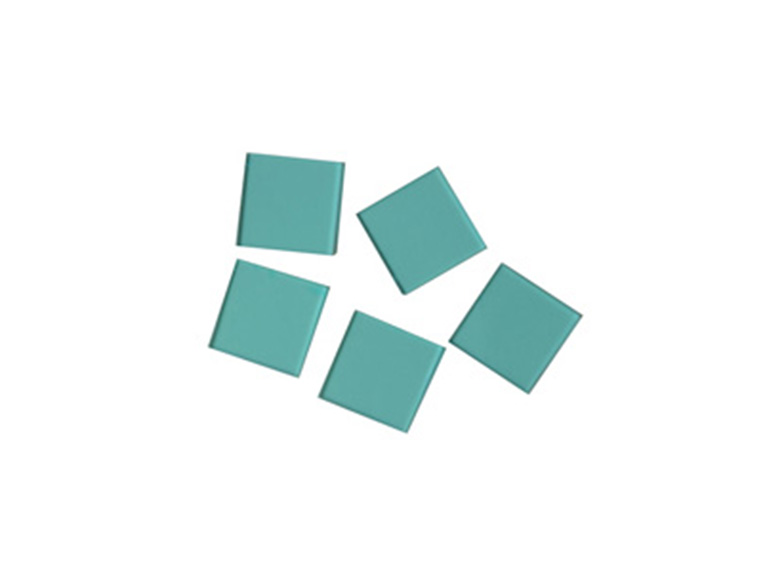Main application: The optical low-pass filter is a combination of the refraction effect of quartz crystal and an infrared filter. It is applied to the CCD image processor to achieve a clear image.
Wizard:
· Filters other than specifications and sizes are available.
reference:
· "Near-infrared absorption filter" is also commonly referred to as colored glass filter.
note:
· The transmittance curve is the actual measured value of the sample, and may vary with manufacturing batches.
· During thermal strengthening, the filter will expand. Please note that the outer dimension tolerance of the thermally strengthened filter is ±0.2mm.
· When checking the optical path and adjusting the optical axis, be sure to wear laser protective glasses.
The low-pass filter (OLPF) is installed in front of the array photoelectric imaging device (such as CCD, CMOS) to eliminate the interference of the object beam component higher than the spatial frequency of the photoelectric imager. Because the CCD and CMOS light sensor elements adopt discontinuous imaging methods, unnecessary noise will be generated when shooting fine lines. The optical low-pass filter chip provides the function of eliminating this noise. Because the direction of the fine lines is different, it is necessary to use the low-pass filter chip of the corresponding angle to eliminate, and because the specifications of different models of CCD and CMOS light-sensing elements are somewhat different, it is for different models and taking into account the low-pass effect of different directions at the same time. Need to use a variety of different cutting angles (such as 45 degrees, 0 degrees, 90 degrees), the number of slices, thickness and IR CUT combined into a low-pass filter chip design, in order to remove the noise caused by shooting. When using CCD and CMOS light sensor elements to shoot color scenes, because CCD and CMOS react to colors differently from the human eye, the infrared part that can be detected by the light sensor element but cannot be detected by the human eye must be removed. Adjust the color response in the visible light range to make the color of the image match the perception of the human eye. Therefore, the surface of the low-pass filter chip is coated with IR (AR) CUT (interference) or glass (absorption).






